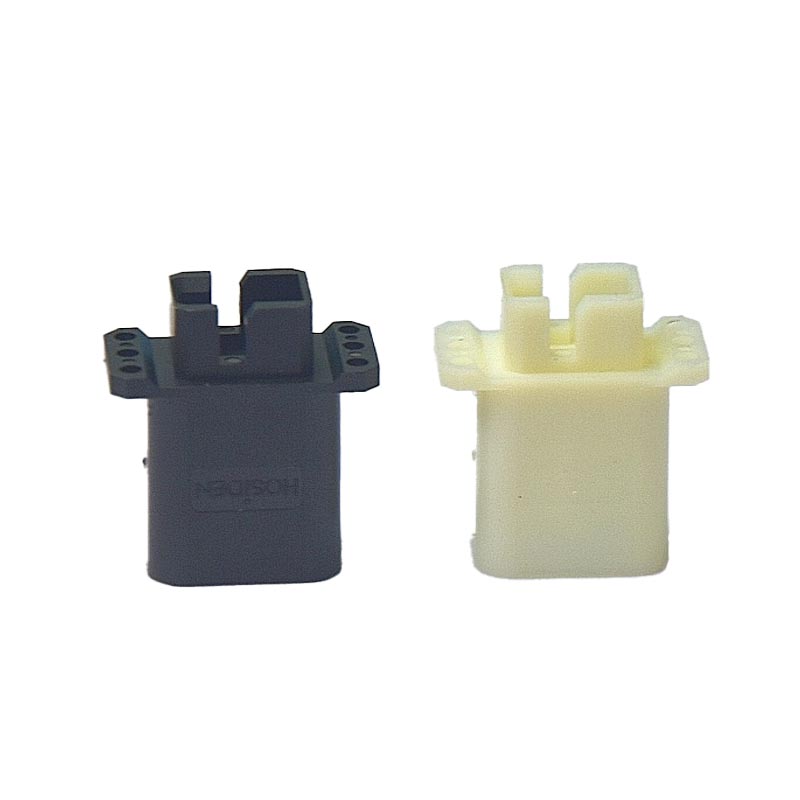Application of Plastic Mold in Toy Manufacturing
2025-06-27
Plastic molds play a pivotal role in the manufacturing of toys, serving as the backbone for producing high-quality, consistent, and cost-efficient plastic parts. This article explores the significance of plastic molding techniques, types of molds used, their advantages, and the impact on the toy industry. Through advancements in molding technologies, plastic molds have become integral in creating a wide range of toys, from simple figurines to complex interactive playthings.
Introduction:
Toy manufacturing involves creating intricate parts with complex shapes and designs, often requiring a material that is versatile, durable, and cost-effective. Plastic, due to its flexibility, durability, and relatively low cost, has become the go-to material in toy production. The use of plastic molding in toy manufacturing enables mass production of identical parts with high precision and at a lower cost compared to traditional methods.
Types of Plastic Molds Used in Toy Manufacturing:
Injection Molds:
Injection molding is the most widely used process in toy manufacturing. In this technique, plastic is heated and injected into a mold under high pressure. It is ideal for producing high volumes of detailed and complex toys, such as action figures, dolls, and vehicle models.
Blow Molds:
Blow molding is used to create hollow plastic objects like balls, bottles, and inflatable toys. In this process, plastic is extruded into a tube shape, which is then inflated inside a mold to form a hollow object.
Rotational Molds:
Rotational molding is used to create large, hollow toys like playhouses, swings, and large figures. The mold rotates as the plastic inside melts, evenly coating the mold's interior, ensuring uniform thickness.

Compression Molds:
Compression molding is employed for producing rubber toys or other materials that require heat and pressure to form. This method is typically used for items like rubber bouncy balls and soft rubber dolls.
Advantages of Plastic Molds in Toy Manufacturing:
Mass Production Efficiency:
Plastic molds allow for the efficient mass production of toys, minimizing time and labor costs. Once a mold is created, thousands of identical parts can be produced quickly.
Precision and Consistency:
Molds provide a high level of precision and ensure that each toy part is consistent in shape, size, and texture, ensuring uniformity across all units.
Cost-Effectiveness:
Although the initial cost of creating a mold can be high, the long-term cost per unit decreases significantly due to the rapid and efficient production process.
Complex Designs:
Plastic molding allows for the creation of intricate, detailed designs that would be difficult or impossible to achieve with other manufacturing methods. This is especially important in the toy industry, where aesthetics and uniqueness are crucial.
Durability and Safety:
Plastic molds help create toys that are durable, lightweight, and safe for children. With precise control over the molding process, manufacturers can ensure that toys meet safety standards, such as being free from sharp edges or toxic substances.
Challenges in Plastic Mold Manufacturing for Toys:
Initial Mold Costs:
The upfront costs of designing and creating a plastic mold can be substantial. This may pose a challenge for smaller manufacturers, especially for custom or low-volume toy runs.
Material Limitations:
While plastic molding offers many benefits, the types of plastic used may not be suitable for all toy applications. Manufacturers must carefully choose materials based on factors like durability, color, and safety.
Environmental Concerns:
The toy industry is facing increasing pressure to adopt more sustainable practices. Plastic molding often involves the use of non-biodegradable plastics, contributing to waste and pollution. However, advancements in recyclable plastics and eco-friendly molding techniques are helping address this issue.
Conclusion:
Plastic molds have revolutionized the toy manufacturing industry by providing a cost-effective, precise, and efficient way to produce high-quality toys at scale. Despite challenges such as initial costs and environmental concerns, the advantages of plastic molding far outweigh the drawbacks. As technology continues to evolve, plastic molding techniques will likely become even more sophisticated, further driving innovation and sustainability in the toy industry. The future of toy manufacturing is bright, with plastic molds playing a crucial role in shaping the next generation of toys.
As a professional manufacturer and supplier, we provide high-quality products. If you are interested in our products or have any questions, please feel free to contact us.